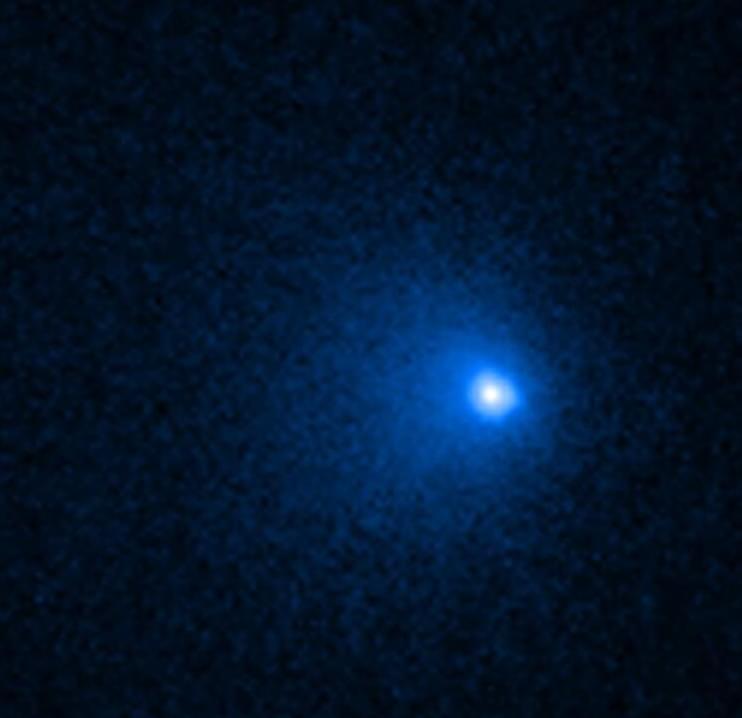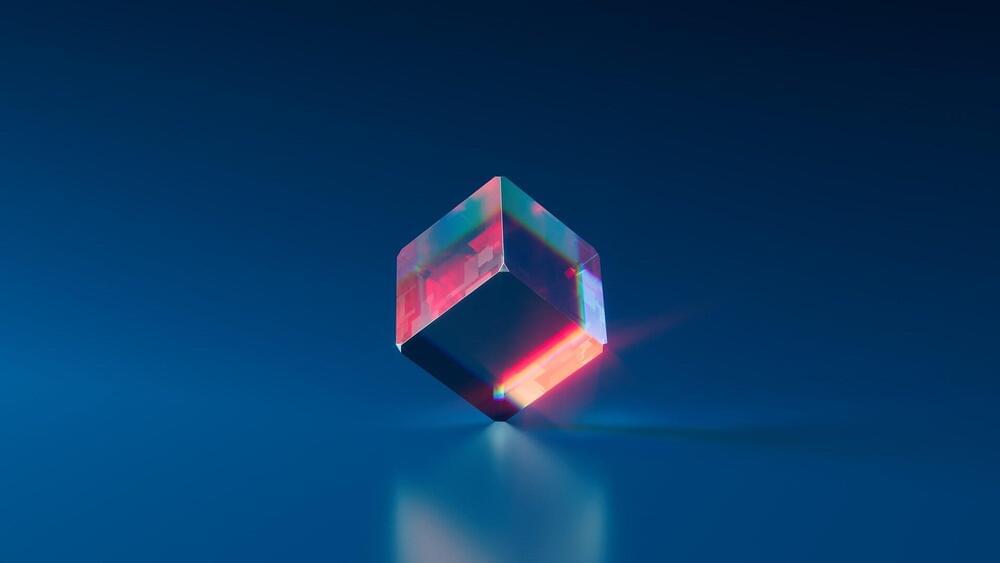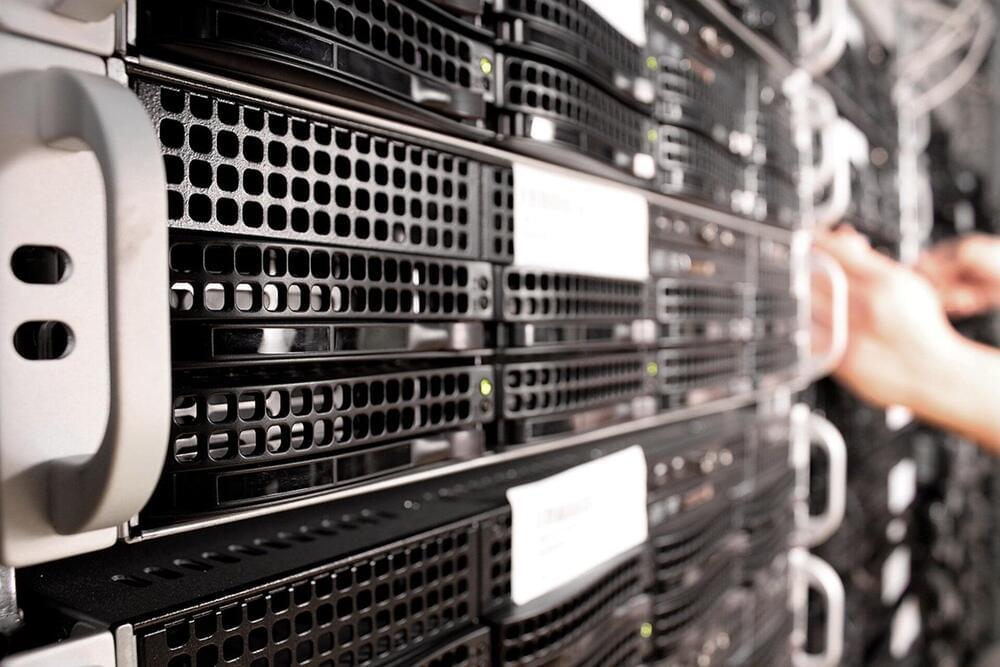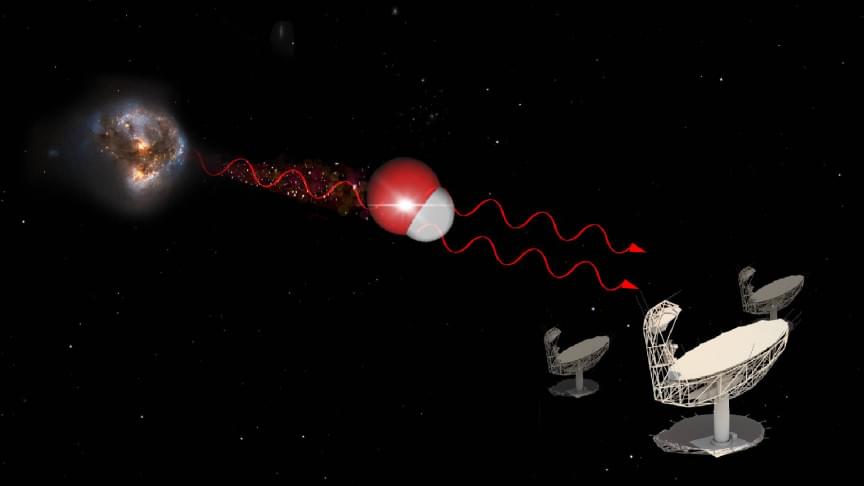Can the US and Russia still collaborate in space?
Subscribe and turn on notifications 🔔 so you don’t miss any videos: http://goo.gl/0bsAjO
The International Space Station has been orbiting above us for the last 20 years. It’s been home to astronauts from more than a dozen different countries — but mostly Americans and Russians. The two former “Space Race” countries control the main parts of the station. The science done there has required close collaboration and so it’s been largely insulated from politics on Earth.
But Russia’s invasion of Ukraine may change that. The two countries have agreed to cooperate through 2024… but after that, the future of the space station is uncertain.
Make sure you never miss behind the scenes content in the Vox Video newsletter, sign up here: http://vox.com/video-newsletter.
Vox.com is a news website that helps you cut through the noise and understand what’s really driving the events in the headlines. Check out http://www.vox.com.





